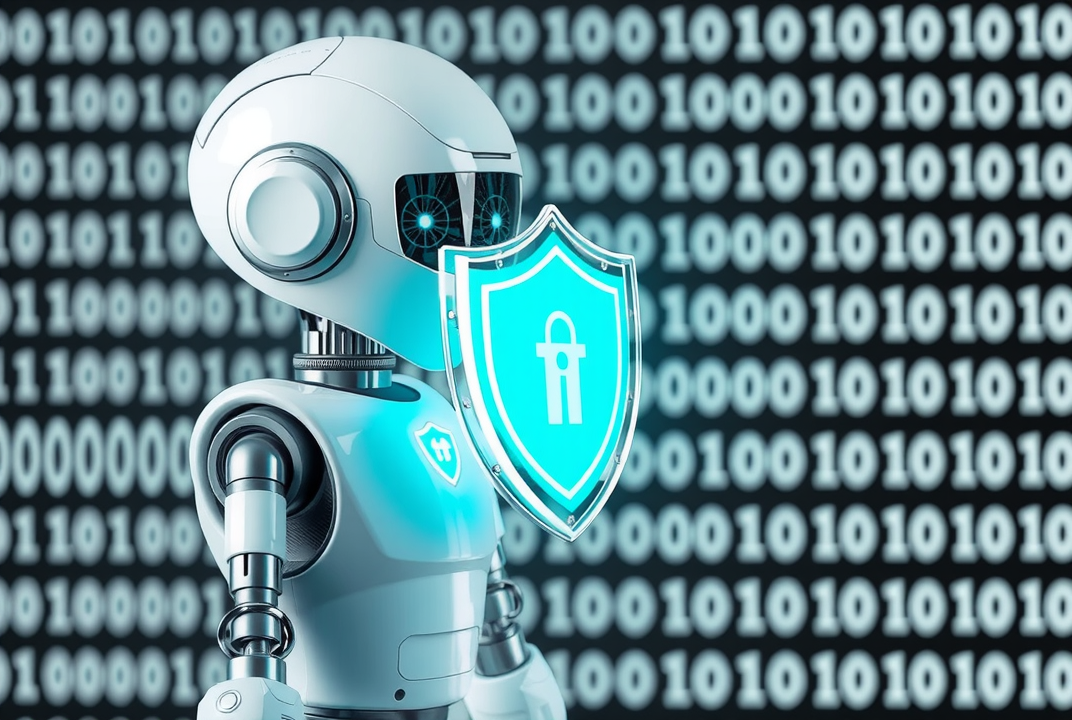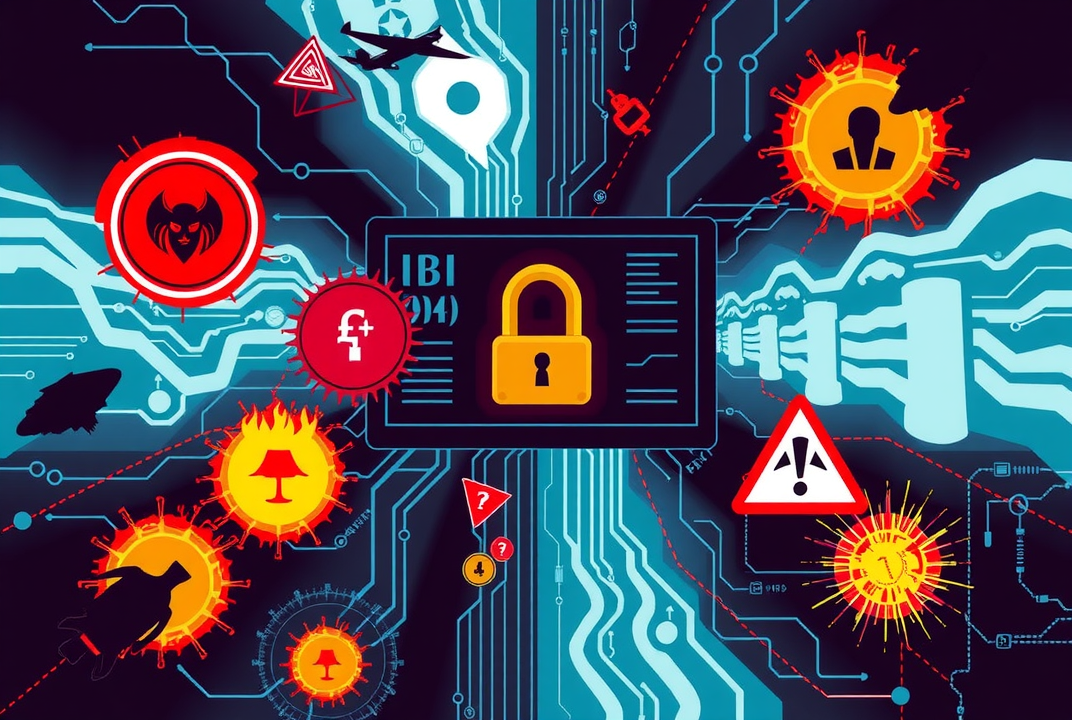Understanding the Role of AI in Strengthening Cybersecurity

Introduction
Imagine a world where every second, hundreds of thousands of attempts are made to breach secure networks globally. This is the reality in today's digital landscape, making cybersecurity an ever-present concern. Today's cyber threats are not just limited to breaches; they include sophisticated attacks that can cripple systems and steal sensitive data within moments.
With digitalization comes vulnerability, and as our reliance on technology grows, so does the threat landscape. This is where Artificial Intelligence (AI) enters the scene, revolutionizing cybersecurity by introducing tools and methods capable of not only detecting threats but also predicting them. This article explores how AI is reshaping cybersecurity and what it means for the future of digital protection.
In this comprehensive guide, we will discuss the various applications of AI in cybersecurity, analyze its benefits, and delve into the challenges it presents.
The Current Cyber Threat Landscape
Firstly, it is essential to understand the complexities of the modern cyber threat landscape. Cyber threats today are increasingly automated and adaptive, making it difficult for traditional cybersecurity measures to keep up. Attack vectors have also broadened significantly, encompassing everything from phishing scams to distributed denial-of-service (DDoS) attacks.

Large organizations, small businesses, and even individuals are at risk, highlighting the critical need for advanced security measures. This is where AI proves invaluable, offering capabilities far beyond human reach.
AI's Contribution to Cybersecurity
AI brings a transformative edge to cybersecurity by providing robust solutions to combat these complex threats. Here are some vital ways AI strengthens cybersecurity:
1. Predictive Analysis
Through machine learning algorithms, AI can predict potential threats, allowing companies to prepare for attacks before they occur. This forecasting ability is crucial in proactive threat management.
2. Real-Time Threat Detection
AI's ability to analyze vast datasets rapidly allows for real-time threat detection. This means that threats can be identified and mitigated much faster than traditional methods.

3. Automating Routine Security Tasks
AI automates routine tasks such as network monitoring and data analysis, freeing human experts to focus on more complex issues. This automation not only enhances efficiency but also reduces the chances for human error.
4. Intrusion Detection and Response
AI systems can detect and counteract intrusions quickly, effectively neutralizing threats before they escalate. This quick response is vital in minimizing potential damage from cyber attacks.
Benefits of AI in Cybersecurity
AI offers several key benefits when integrated into cybersecurity frameworks:
-
Scalability: AI systems can handle large-scale data efficiently, making them suitable for organizations of all sizes.
-
Consistency: Unlike humans, AI provides consistent performance without fatigue, ensuring steadfast protection.
-
Improved Accuracy: AI algorithms can detect anomalies with a high degree of accuracy, reducing false positives and negatives.
Challenges in Implementing AI for Cybersecurity
Despite its benefits, implementing AI in cybersecurity isn't without its challenges. These include:
-
High Costs: AI solutions can be expensive to deploy, often requiring substantial investments in infrastructure.
-
Data Privacy Concerns: The use of AI in analyzing data raises privacy concerns, questioning who has access to sensitive information.
-
Complexity of Integration: Seamlessly integrating AI into existing cybersecurity frameworks can be complex, requiring specialized knowledge and skills.
Future Prospects of AI in Cybersecurity
The future of AI in cybersecurity holds promise as innovations continue to emerge, enhancing both protection and detection capabilities. We can expect increased collaboration between AI and human experts, aimed at developing more sophisticated security measures.

AI's continued progression can potentially reshape the landscape, not just by enhancing current methods but by introducing new paradigms in cybersecurity strategies.
Conclusion
In conclusion, AI stands as a formidable ally in strengthening cybersecurity frameworks. Despite some challenges, its role in predictive analysis and threat detection is invaluable. As technology evolves, embracing AI will become quintessential for safeguarding digital infrastructure. Organizations across the globe must consider AI-powered solutions to stay ahead in the ongoing battle against cyber threats.
Next steps for businesses and cybersecurity professionals involve exploring AI solutions that align with their specific needs and investing in AI-driven education and training for their teams. This strategic adoption of AI in cybersecurity will help ensure robust defenses capable of withstanding the evolving threat landscape.